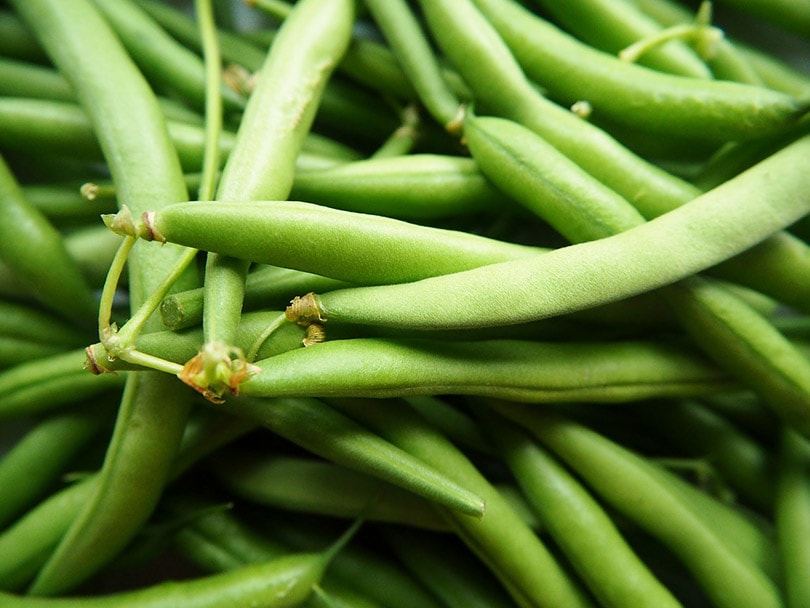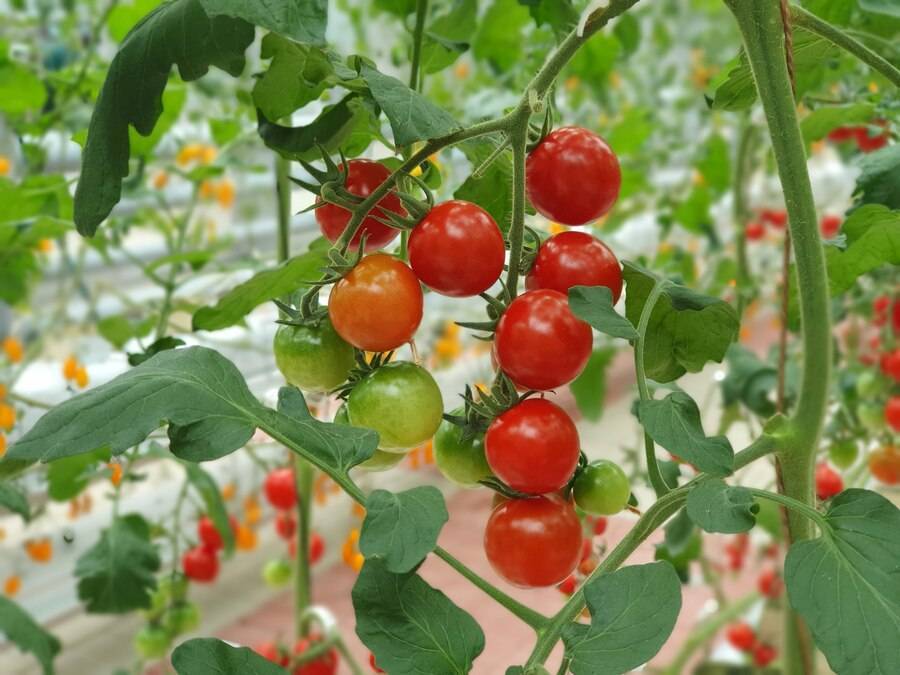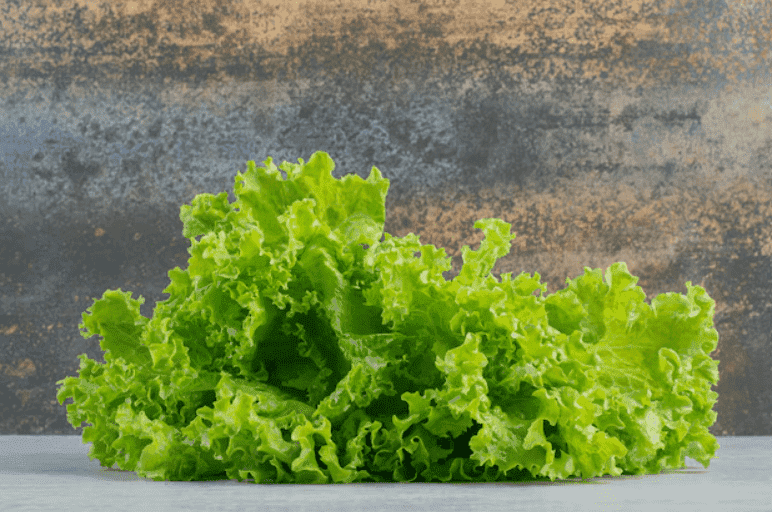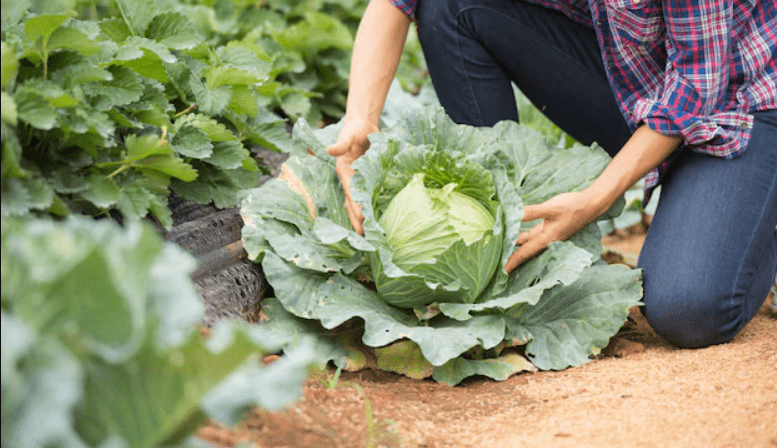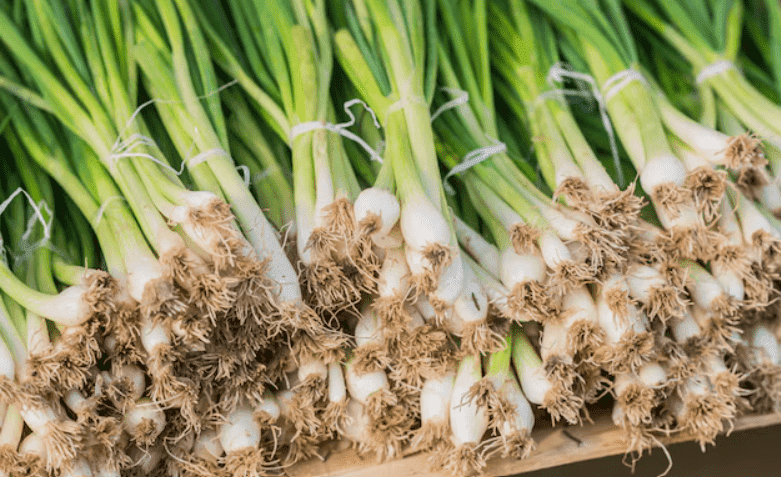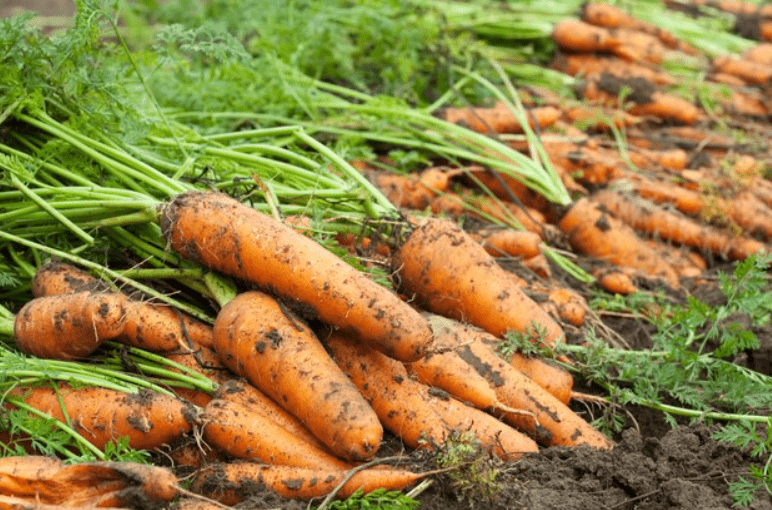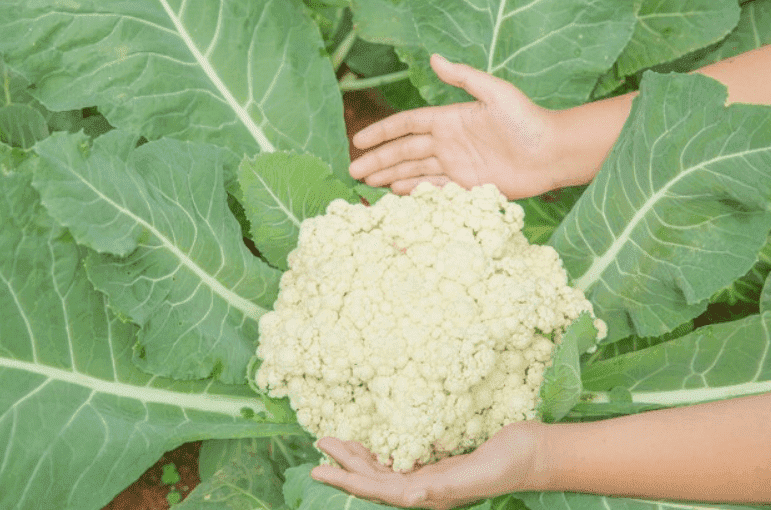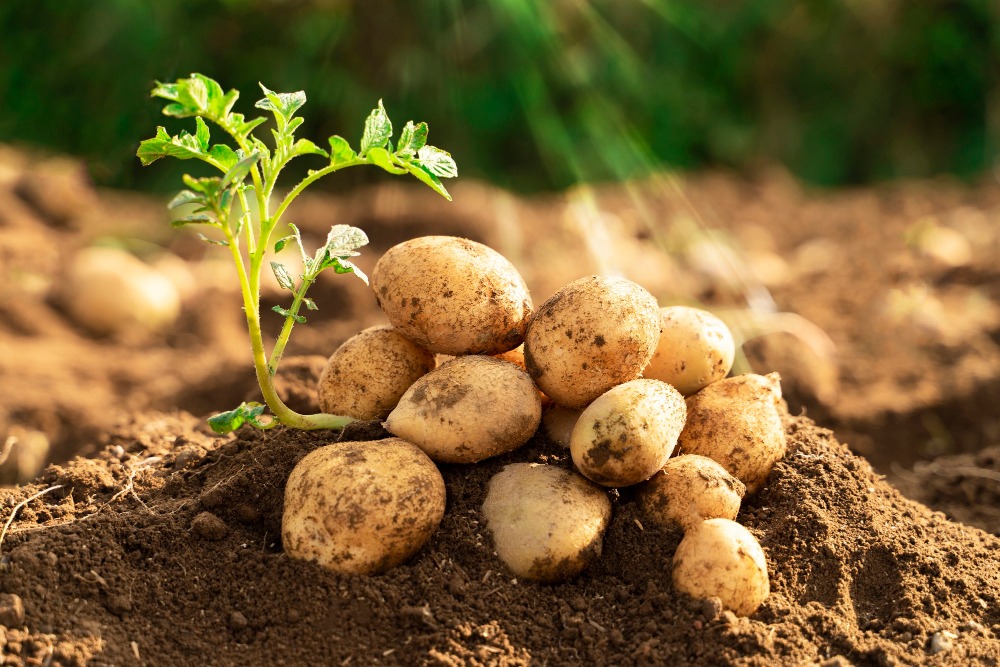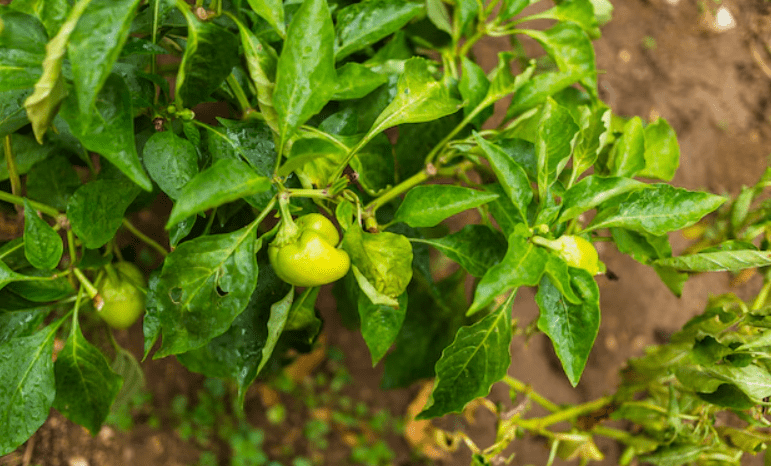Looking for a veggie that’s as fun to grow as it is delicious to eat? Green beans are a garden favorite for both beginners and seasoned growers. Whether you choose compact bush varieties ideal for tight spaces or tall, climbing pole beans, these crisp and flavorful veggies offer a rewarding harvest straight from your garden to your plate.
Known by many names—green beans, string beans, snap beans, or haricot vert—these legumes are simple to cultivate and taste amazing fresh off the plant. If you want to learn how to grow green beans at your home, Here’s everything you need to get started.
Table of Contents
ToggleWhere to Plant Green Beans
Choose a sunny area where the soil is rich and well-draining. Make sure the area receives at least six to eight hours of sunlight daily. If you’re planting pole bean varieties, support them with a trellis, bean tower, or a simple pole to lift the vines off the ground. Training them to grow upward helps conserve space in your vegetable patch.
How and When to Plant Green Beans
Green beans enjoy a lengthy growing season. You can begin planting once the risk of frost has over and the soil has started to warm up. Since bush beans tend to mature all at once, it’s a good idea to plant new seeds every couple of weeks. This staggered planting will keep your harvest going well into the fall. Pole beans, on the other hand, continue producing for one to two months if you pick them regularly. In climates with mild winters, you can even plant another round of seeds in early autumn for an extended yield.
Green beans grow easily when started from seed right in the garden. For optimal results, wait until nighttime temperatures consistently remain above 55°F. Seeds planted too early may not sprout well. Place the seeds 1 inch deep and 2 inches apart, then thin the seedlings to leave the healthiest plants about 4 inches apart. For a continuous supply, sow fresh seeds roughly every three weeks until late June.
How to Care for Green Beans
You can easily grow green beans as long as their basic needs are met.
Sunlight
For optimal results, provide green beans with full sunlight for 6 to 8 hours a day. While they can grow in partial light, their production drops noticeably.
Soil and Watering
These plants perform well in nutrient-rich, well-drained soil. If your garden soil lacks nutrients, enrich it with compost or other organic matter to improve its quality.
Keep the soil evenly damp during the growing season, aiming for about 1 to 2 inches of water per week through rainfall or irrigation. Steer clear of overwatering, as it can lead to root diseases like rot.
Temperature and Humidity
Green beans prefer warm conditions. Wait to sow seeds until the soil is at least 55°F. They grow best when daytime temperatures are between 65°F and 85°F.
Fertilizing
Feed green beans once a month during the growing season using a fertilizer low in nitrogen, such as a 5-10-10 blend. Whether you choose liquid or granular form, keep the fertilizer at least 2 inches away from the plant’s base, and always follow the usage instructions on the label.
Pruning
Green beans don’t require trimming, but regular harvesting stimulates new growth. Pick the pods once they feel firm and before the seeds inside start to bulge through the sides.
Potting and Repotting
Bush beans thrive in containers as small as 8 inches deep and wide. Pole beans, being taller, need larger pots along with a trellis or other vertical support. Fill containers with enriched garden soil or potting mix, and ensure they’re placed in a location that receives full sun. Since green bean plants complete their life cycle in one season, repotting isn’t needed.
Pests and Problems
Monitor your green bean plants closely, as several pests may cause damage. Look for signs like chewed leaves, damaged stems or vines, and pods that appear nibbled or completely eaten.
Rabbits and deer are frequent garden visitors who find green beans especially tasty. If deer are common in your area, installing a tall, sturdy fence around your garden is the best way to protect your crop.
Insect pests such as aphids, Japanese beetles, Mexican bean beetles, thrips, and spider mites can also pose a threat. You can manage these invaders by using organic insecticides or by handpicking the larger beetles off the plants.

